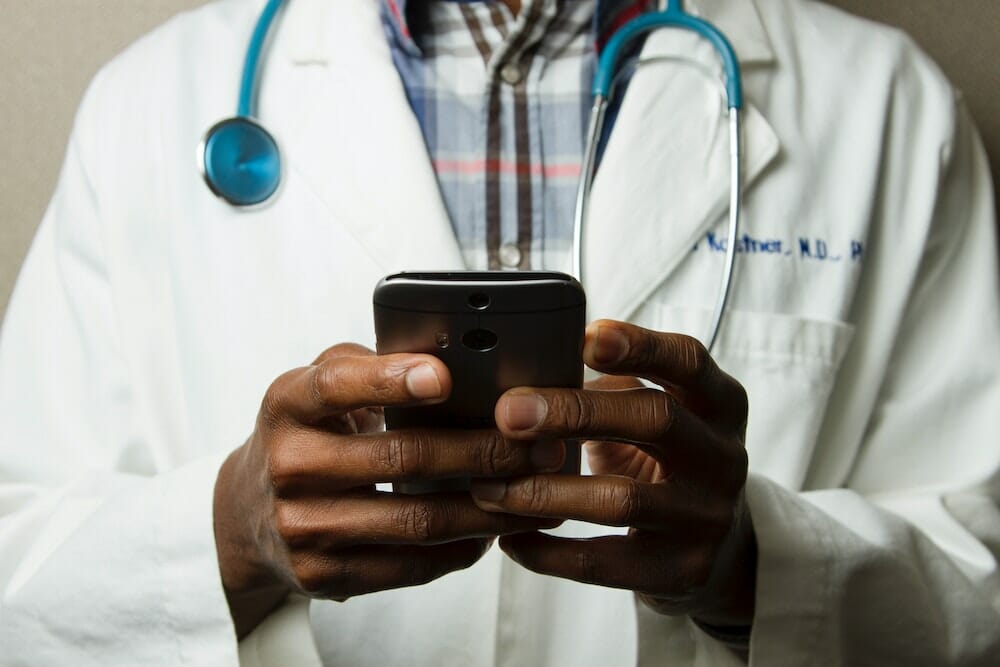The Telehealth Moment
COVID-19’s Push Toward Modernizing Medicine
As COVID-19 is rapidly digitizing the day to day of our society, the medical field has been forced to translate patient care from in person to over the phone. While medical professionals had not been avid to use telehealth in the past, this new global challenge has set new parameters for medical practice and the modernization of medicine is underway.

By Sabaat Kareem
While telehealth had not been particularly popular in the past among the majority of patients and doctors, as COVID-19 has brought everyone into quarantine, telehealth has become an attractive alternative to in person meetings. Telehealth refers to the treatment of patients by video chat or phone call instead of conventional in-clinic meetings. With limited capabilities for personal interaction, most health care professionals who are not directly involved with COVID-19 testing or treatment have been expected to acclimate to telehealth.
The CDC and WHO are strongly encouraging telemedicine to help flatten the curve of the virus. As telehealth is a safer way to treat patients while simultaneously allotting hospital space for emergent COVID-19 cases, it has become our go to. What is yet to be determined is how the emergence of telehealth will become integrated into medical culture long term. While some independent practices are using existing online services and popular apps like Zoom and Facetime, many hospitals are using formal telehealth companies to aid their transition. Because telehealth has erupted in popularity so suddenly, however, there are many unclear aspects of the practice. Like many other virtual services, the value of telehealth over in-person health is disputed and the subsequent monetary value is a new issue to be explored by insurance companies and medical professionals. The emergence of telehealth has also made following HIPAA (doctor-patient confidentiality) harder than ever. Nevertheless, doctors who were previously dismissive of telehealth have learned to adapt their practices to this new method of treatment.
“I have adapted to telemedicine because it is necessary. Doctors are very flexible and they can do such things to continue taking care of their patients. There are a lot of drawbacks to telehealth. Without physical examination half of the care is guess work and it’s harder to get the patient’s emotional stance. That being said, it does provide easy access and eliminates waiting time for patients. Now that everyone has tasted it, the whole medical community, everyone is incorporating it into their system and I think it will adapt as much as we will adapt to it.”
-Asma Kareem, Primary Care Physician at Holyoke Medical Center
During this transformative experience the evolution of telehealth is certain. Telehealth is very much still in the process of development with many medical centers still deciding which technology is best suited to their needs and what kind of training is adequate for their doctors and healthcare providers. While the long term effects telehealth will have on modern medicine are yet to be observed, the redesign of how we approach patient care is sure to take place during this pandemic.